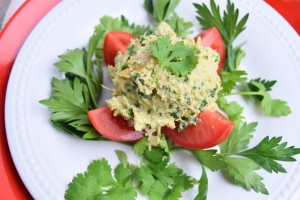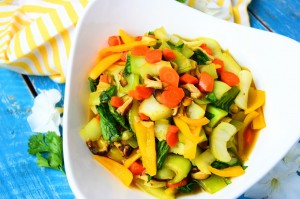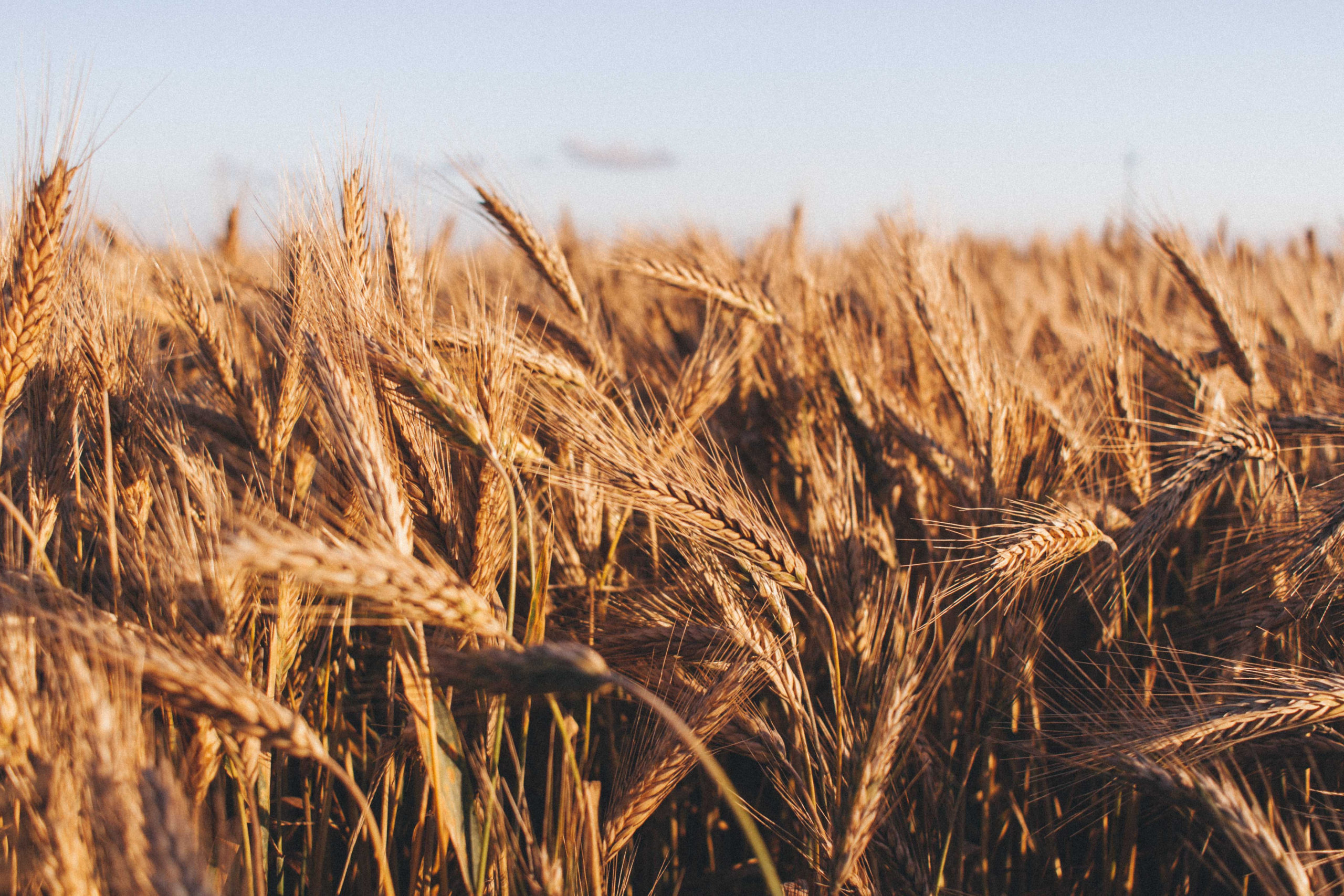Today’s post will have you DASH-ing out to try some new and exciting recipes. Our penultimate diet plan discussion is focusing on the DASH diet!
Accolades of the DASH Diet Plan
If you are still searching out the diet plan that may be right for you, read on to find out more about this plan, which was just ranked as the best diet for 8th year in a row by US News & World Report, is endorsed by The Mayo Clinic, The American Heart Association, The 2010 Dietary Guidelines for Americans, The National Institute of Health, and The US Department of Health and Human Services, and has been raved about on both The Today Show and The Doctor Oz Show.
This diet plan may not have all the buzz of some of the other plans we have recently discussed, so you may not have heard too much about it. DASH stands for Dietary Approaches to Stop Hypertension. Originally intended as a plan to help lower blood pressure, this diet plan is now associated with weight loss, lower cholesterol, lower risk of several types of cancer, heart disease, stroke, heart failure, kidney stones, and diabetes.
What exactly is the DASH Diet Plan?
It sounds a little too good to be true, doesn’t it? Are you anxious to hear about the principles behind the diet? Would you be surprised to hear that, in actuality, it is not all that different than the food guide pyramid that we grew up with and relied on for the past few decades?
The DASH plan recommends a plant-focused diet rich in fruits, vegetables, and nuts. Diary intake is reduced and limited to low-fat and non-fat options. Protein sources aside from plant sources of protein include lean meats, fish, and poultry. A primary focus of the diet plan is also limiting saturated and total fat intake, as well as sodium intake. Daily recommendations include: 6-7 servings of grains (at least half being whole grains), 4-5 servings of fruits, 4-5 servings of vegetables, 2-3 servings of dairy, and 2 servings of lean protein. Weekly intake of 4-5 servings of nuts, seeds, legumes, and very limited intake of fats/ sweets are recommended.
A Not-So-Obvious Benefit
In addition to the health benefits noted above, one of the most positive attributes of this diet plan is its accessibility to the average person and the ability to use this plan to adopt healthy habits to maintain in the long run. Because this plan is not that drastically different than commonly held health beliefs, adopting this plan really just requires a conscious effort to plan ahead and pay attention to what we’re eating. It is not out to be complicated, like required with counting macros, or forcing ourselves to be super restrictive, or make it difficult to stick to in every day busy lives. It is a daily challenge to get our servings of the “good stuff”- fruits and veggies, and to pass on the not so good stuff.
How to add More of the “Good Stuff” to your Diet
The cornerstone of the DASH diet is a focus on fruits and vegetables, as well as plant-based proteins. It might take a few adjustments to find ways to get more of these items in our daily lives, but every diet plan agrees on the benefits of increasing intake of these items, so it is worth it to find ways that will work for you. Here are a few of our favorite ways to do so:
- Start your day with a fruit and vegetable packed smoothie. You won’t even notice if you throw in some spinach and/ or cauliflower, because the flavors of the fruits will mask them and they will just contribute to the texture. This may sound intimidating, but is a great way to start the day!
- Beans are a quick and easy way to add healthy plant based protein and fiber to a dish. They can easily be used to top a salad or mix into a soup. If you are making a dish with a creamy texture, puree beans to add a smooth, creamy texture, while also getting the benefits that the beans provide. This is a great tip to use in soups.
- If your recipe already includes vegetables, for example a casserole, soup or stew, start by doubling the amount of vegetables that are called for in the recipe, or challenge yourself to try adding 1 more vegetable to the dish.
- To any soup, casserole, or stew, stir in a big bunch of leafy greens as the final step. Spinach or kale will wilt and soften and add beautiful, fresh color to your meal, as well as fill you up with fiber.
- If you are making a dish that requires boiling rice, pasta or potatoes, add some broccoli or cauliflower to the pot with your starch. This will save time on prep and will help the flavors mesh together, while giving the benefits of the veggies.
What are some of your favorite ways to get the recommended amounts of fruits and vegetables in your diet?
How to Decide if DASH is Right for You
As always, we know that every person is different in their diet needs, and simple changes like this may not be what are needed with bigger health needs and goals. If you have tried to implement a diet plan like this in the past and did not see the success you were hoping for, let us help you find out what would work for you. We have been discussing lots of various other diet plan options, and would love the opportunity to help you reach your goals of better health status, losing weight, or feeling better. That’s what we’re here for!
Now that you’ve read about all of the benefits that come with implementing this diet, do you think it’s worth it? It is very traditional, which may work great for some people, but some might find it is not what they were hoping for. Let us know in the comments if it works for you!
Meal Plan
We were delighted to work with Cassandra at Chow Bella Paleo this week to develop a meal plan that fits with the guidelines of the DASH diet.
Day 1: Beautiful and delicious Tomato Fennel Roasted Chicken. Who doesn’t love a one pan meal? Double the amount of chicken to use later in the week.
Day 2: Meatless Monday? This Winter Citrus Salad is perfect any night of the week. We’re loving the focus on fruit, the uniqueness of the dish, the seasonality of the produce, and the simplicity to make it!
Day 3: This Pasta Fagioli is packed with plant protein and veggies! This dish also highlights the trick of pureeing half of the beans to contribute to the creamy texture while providing healthy plant based protein and fiber. Serve with your favorite whole grain pasta.
Day 4: Another vegetable rich meal, this Cauliflower, Leek, and Potato Soup also uses cashew milk to help reduce dairy use in the diet!
Day 5: Using the leftover chicken from earlier in the week, toss together this Chimichurri Chicken Salad and serve on whole grain bread. Serve with this easy Veggie Stir Fry for a quick and filling meal.
Grocery List







